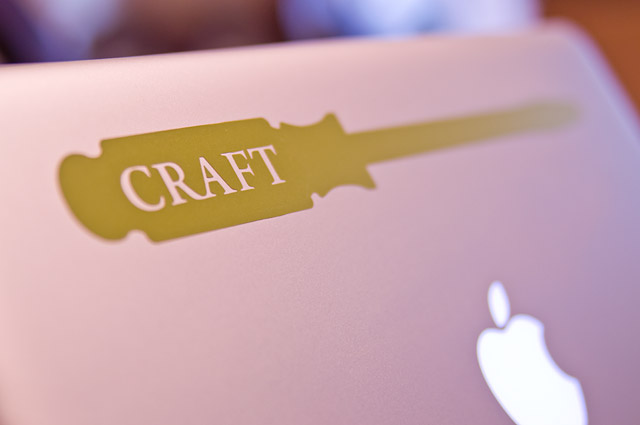
I saw many friends share this amusing image of a fake O’Reilly book titled “Copying and Pasting from Stack Overflow”, and if you’re not in on the joke, Stack Overflow is a web site where you can post programming questions and get answers to those questions. It’s also a site (like many others) where people who are not sure what they are doing grab bits of code from when they are not 100% sure what they are doing. (And if you don’t know about O’Reilly, they publish technical books, many about programming.)
This is the first semester I’ve taught a class that includes programming. I was upfront with students about how I’ve learned to write code over the years, and that includes looking at examples, using existing code, and (eventually) reusing my own code. I didn’t force them to type out each line of an Arduino sketch because I didn’t think it was completely necessary. They already know how to type, and once I showed them how to hit the compile button, they learned about syntax errors. Occasionally in class I’d demo things by writing code on the fly and inviting them to type up what I just typed, and to play around with the values, add more lines, etc. (I showed them the “Examples” menu early on, which contains plenty of useful code to get started with.)
Here’s something that may be news to some readers – I’m not a great programmer. I’m a hacker, and I can write enough code to get by, but more importantly I can find enough sample code and examples and tutorials to write the code that I need to do what I want to do. I think that’s the key to things.
If you’ve ever heard the expression “To be a great writer, you need to be a great reader” then perhaps this also applies to programming, and reading code is an important part of writing code.
Now, with all that said, I still expect students to learn some of the basics of writing code and understanding it. If at the end of the semester all they’ve done is copied & pasted code that someone else wrote, and by some miracle it compiles and runs and works for their project, that’s still sort of good, but not quite as good as having a basic understanding of what exactly those lines of code are doing.
In the meantime, keep copying code, and pasting code, and while you’re at it, try to read it and understand it.


















